The Lost City of Lahontan
- 07/25/2019 04:01 AM (update 04/11/2023 12:41 AM)
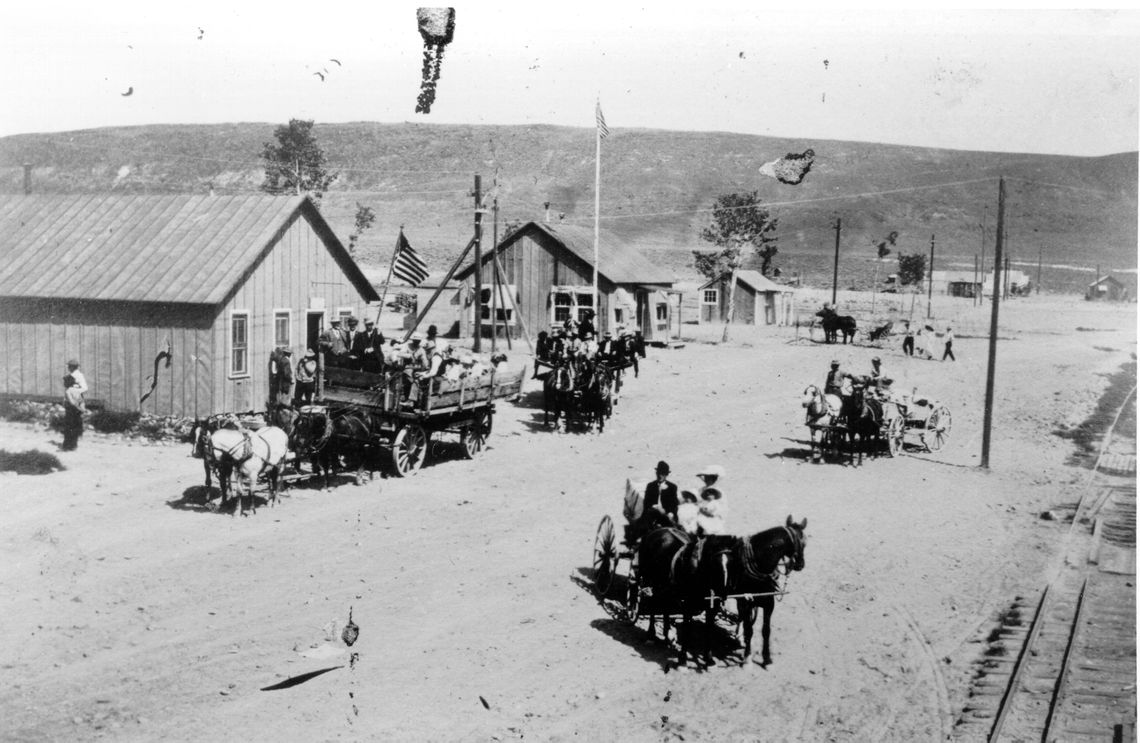
by Scott W. Elliott
The word “Lahontan” stirs up a host of images and memories for Northern Nevadans. There is the beautiful Lahontan Valley which holds the jewel of Fallon. There are numerous businesses all around Churchill County that bear the name. Then, of course, there is Lahontan Reservoir, where many Nevadans spend time engaging in fishing, water sports and camping. However, few know the story of Lahontan City. Indeed, a city bearing this name once existed, the remnants of which can still be explored.
The Reclamation Act of 1902 authorized the use of waterways to create more farmland by way of dams, diversions and irrigation of arid lands in the Western United States. Early local examples of this were Derby Dam and Diversion Dam, both completed in 1905 as part of the Newlands Project. To complete operations of the project, construction of a large earthen dam on the Carson River was slated to begin in 1911.
One immediate problem was the arduous responsibility of commuting workers from Fallon to the dam site. The distance was only 17 miles, but sandy and often impassable roads were an obvious issue with wagons and early automobiles. The solution was to create a “company town” complete with all the amenities for the workers and their families at the work site. Construction began in early 1911 and by April, a large mess hall which fed 300 workers per shift was in operation. Frame buildings on stone foundations sprung up quickly. Families lived in small houses and single men stayed in the large barrack-style boarding houses.
As work on the dam began, the urge to put more “soul” into the town was maximized, resulting in a library, schoolhouse, billiard parlor and a medical facility. The Lahontan Band was assembled to perform at the city functions. Picnics, fishing and swimming along the Carson River were constant. A boy’s baseball team developed and prospered, often playing against the teams in Fallon. Lahontan City soon became a rival to other western towns and thrived during its short lifetime.
The dam was completed in 1915 and the town was quickly abandoned. The post office closed the following year and the desert from which the settlement had sprung, slowly began to reclaim it. Parts of the town were dismantled by federal workers, while other buildings remained until the 1930s. Wood and salvageable debris were taken by locals. The bridge the workers crossed to get to work and back was saved and moved to a ranch in Fallon. The vital role of Lahontan City was largely forgotten and its existence nearly lost to history.
Today, Lahontan City is rarely heard of at all. On the contrary, the town site is easily accessible to anyone who cares to visit. Marked by a lone chimney, the skeletal remains of Lahontan City are just off the right side of southbound Highway 50, just beyond the first turn into Lahontan Reservoir. Upon closer inspection, a second chimney is found, which has toppled over. Closer to the road the foundation of the mess hall is evident. Several acres of rubble, broken pottery, can dumps, cellars, slabs and a substantial littering of rusted Prince Albert Tobacco cans serve as a pathetic reminder to the once proud town.
If there is ever any doubt about the relevancy of Lahontan City, one needs to look no further than across the road at the dam. 73,000 acres of farmland were created in the Lahontan Valley with the use of the Lahontan Dam in conjunction with Diversion Dam, bringing more settlers to the valley and assuring the survival of towns like nearby Fallon, making Northern Nevada more habitable.
Scott W. Elliot lives in Fallon and from there explores the road less traveled; old castles, ghost towns, forgotten battlefields and locations of historical significance that have been lost in the rush of time. He believes that every place has a unique story to tell. His blog can be found at http://www.outerrealmz.com
Sign up to receive updates and the Friday File email notices.
Support local, independent news – contribute to The Fallon Post, your non-profit (501c3) online news source for all things Fallon.

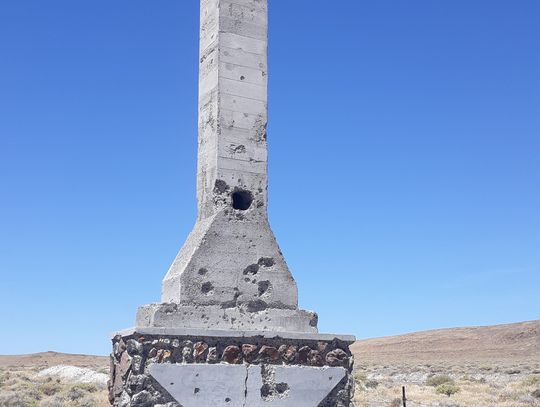
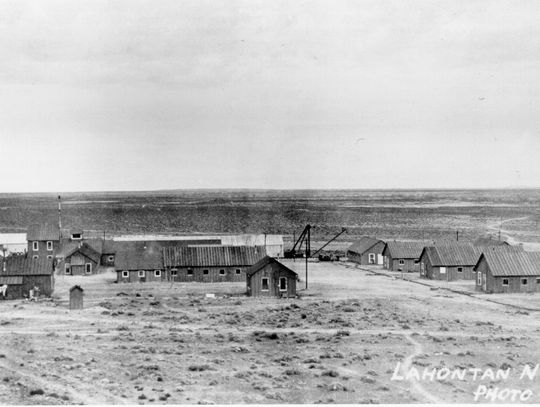


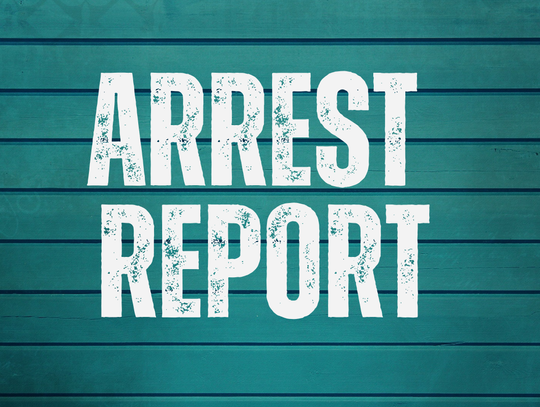
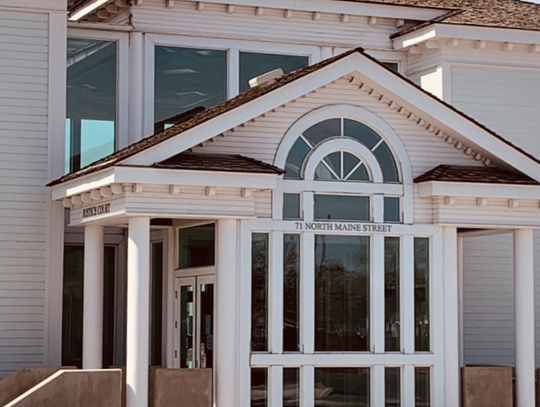
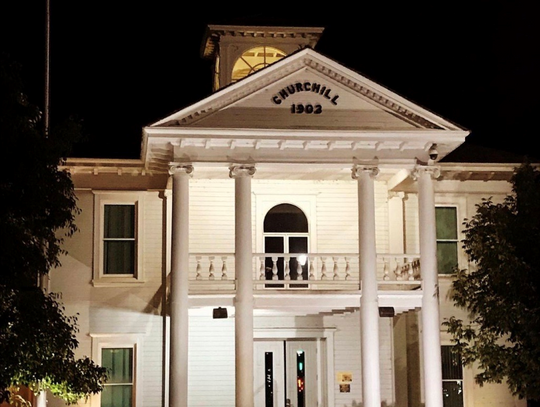


Comment
Comments